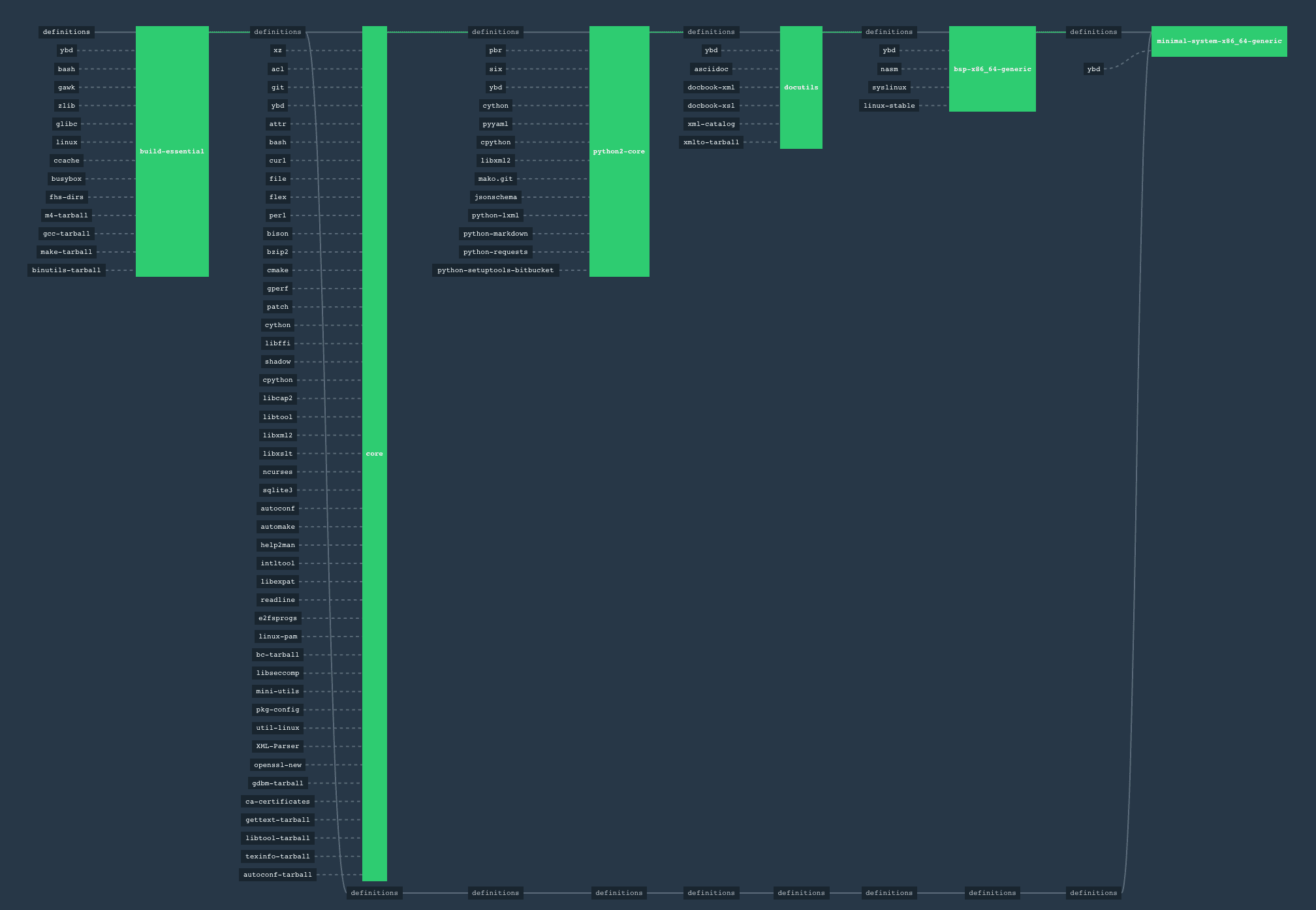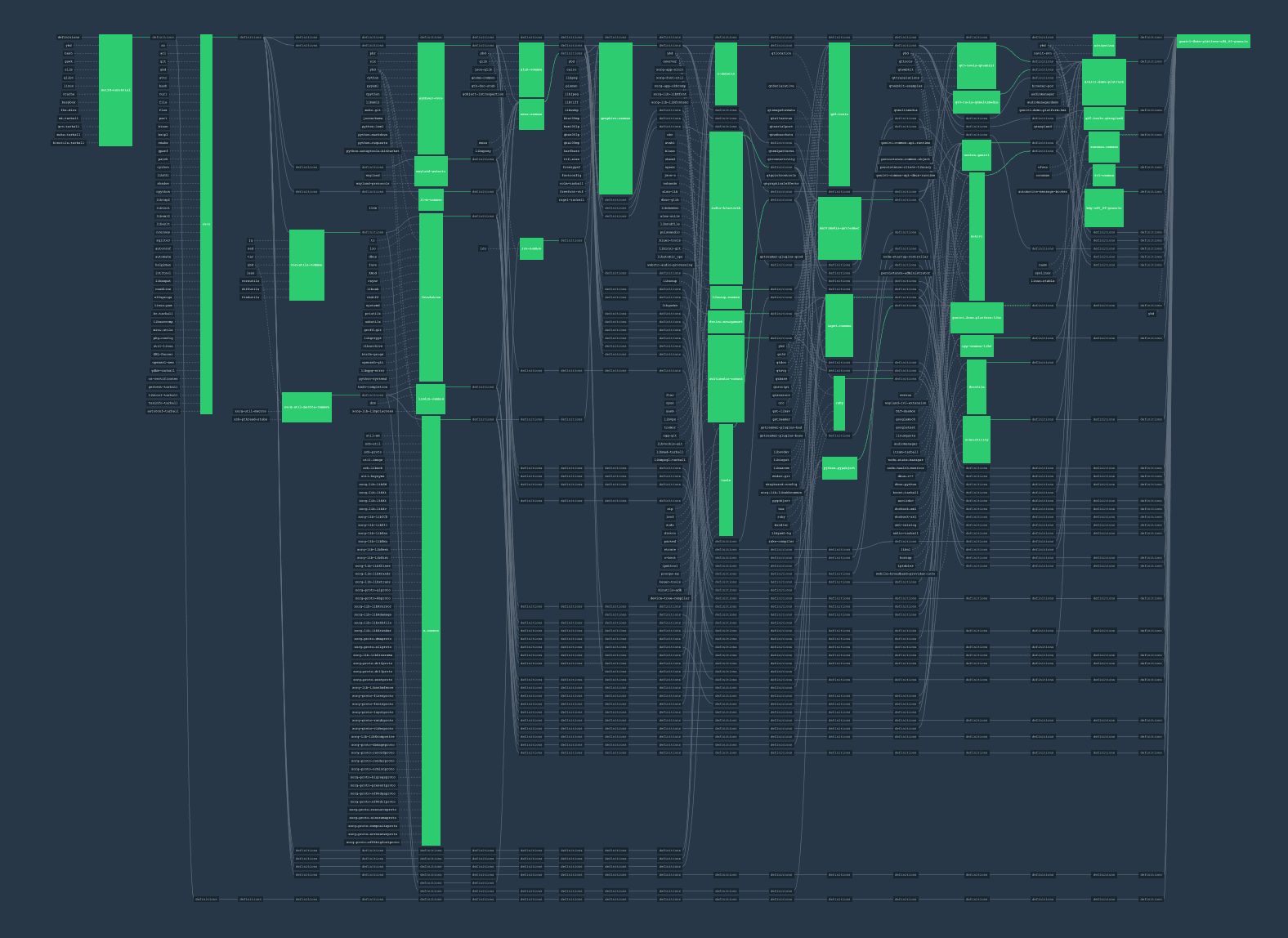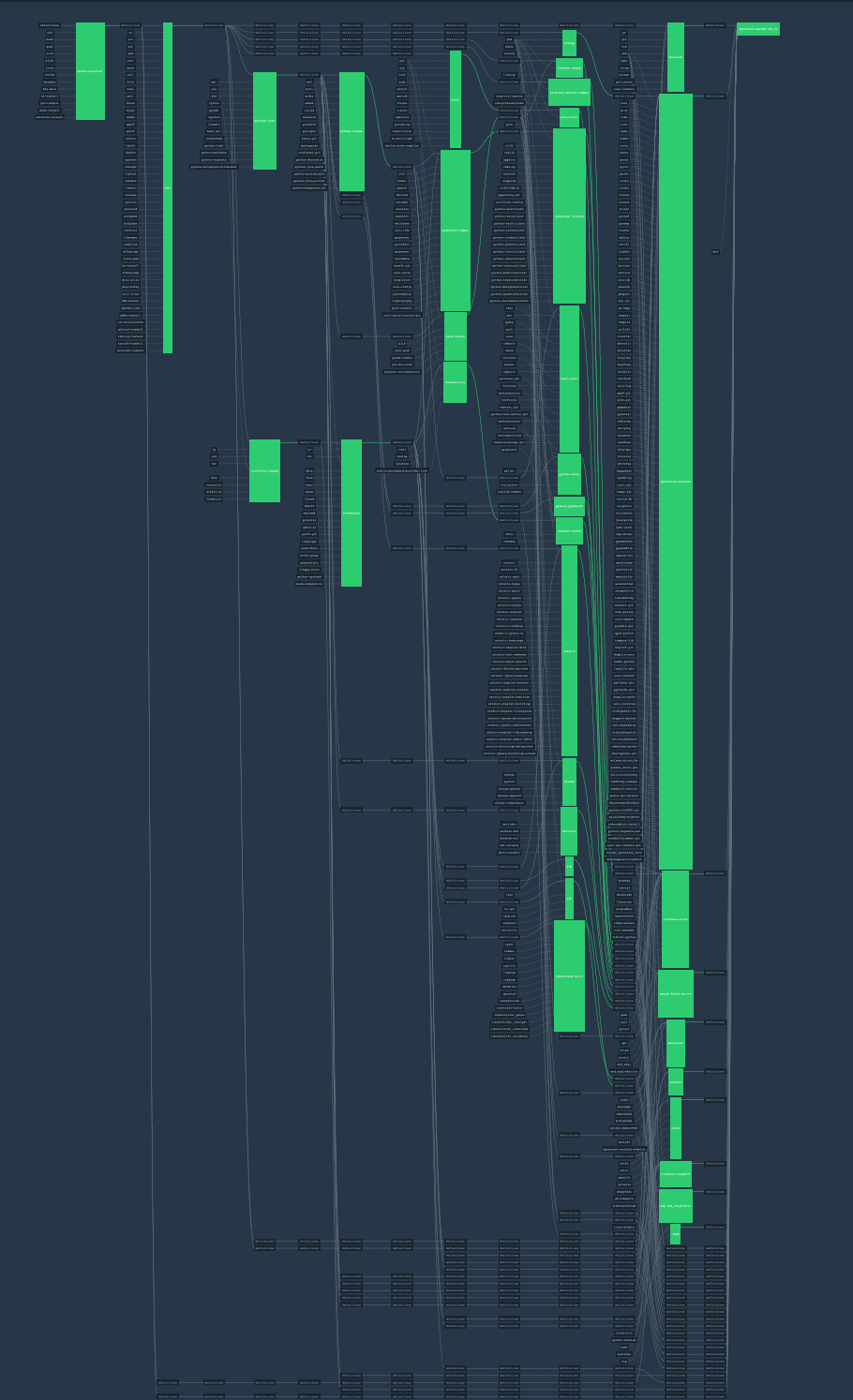Over the last few years Codethink has been helping a series of customers understand and manage the scale and complexity of their software integration pipelines. We've seen and tried various approaches to visualise what's happening, but many projects end up falling back to some combination of:
- architecture diagrams
- data models
- workflow descriptions
- organisation charts
A key problem is that most of these approaches tend to describe how we think (or hope) things are, rather than how they actually work. It's hard for new people to grok what's happening, and even harder for executives to pinpoint the root causes of business-level problems. Even worse, as the real world projects evolve, the pictures don't keep up.
At the Cloud Foundry Summit in 2015, Codethink CEO Paul Sherwood was inspired by Alex Suraci's talk about Concourse, a new tool for CI which can help to demystify the process of building, integrating, validating and releasing complex software.
Given that Codethink works on some truly gigantic whole-stack projects for enterprise, devices and automotive customers, Paul immediately wondered if Concourse really is 'the CI that scales with your project'. Could it handle visualisation and integration of complete systems; from initial toolchain through BSP, kernel, OS, middleware and applications?
The answer is (more or less) YES!
Here's a minimal Linux stack integration pipeline, showing the flow of a build from toolchain on the left, through to the output system on the right. Click the image to see the live CI pipeline at concourse.baserock.org
And the Baserock GENIVI Demo Platform for x86_64:
And now a full integration of OpenStack software:
Important things to note about these pipelines:
- they represent actual software, being integrated for real
- when a new integration fails, its blindingly obvious where the failure happens, which is a huge win for interaction with a large ecosystem contributing to a common platform
- the pipeline structure can refresh automatically as the underlying software architecture changes
Chris Brown, who leads the Concourse team at Pivotal says "It's fantastic to see these impressive pipelines opened to the public. I was always hoping that Concourse would be used for this scale of project."
There's still lots of work to do, as Codethink improves and optimises this approach for commercial use-cases and multi-architecture projects, but early adopter customers are as excited as we are.
If you want to know more about how this new level of visualisation can help your team, please get in touch!
Other Content
- Linux vs. QNX in Safety-Critical Systems: A Pragmatic View
- Is Rust ready for safety related applications?
- The open projects rethinking safety culture
- RISC-V Summit Europe 2025: What to Expect from Codethink
- Cyber Resilience Act (CRA): What You Need to Know
- Podcast: Embedded Insiders with John Ellis
- To boldly big-endian where no one has big-endianded before
- How Continuous Testing Helps OEMs Navigate UNECE R155/156
- Codethink’s Insights and Highlights from FOSDEM 2025
- CES 2025 Roundup: Codethink's Highlights from Las Vegas
- FOSDEM 2025: What to Expect from Codethink
- Codethink Joins Eclipse Foundation/Eclipse SDV Working Group
- Codethink/Arm White Paper: Arm STLs at Runtime on Linux
- Speed Up Embedded Software Testing with QEMU
- Open Source Summit Europe (OSSEU) 2024
- Watch: Real-time Scheduling Fault Simulation
- Improving systemd’s integration testing infrastructure (part 2)
- Meet the Team: Laurence Urhegyi
- A new way to develop on Linux - Part II
- Shaping the future of GNOME: GUADEC 2024
- Developing a cryptographically secure bootloader for RISC-V in Rust
- Meet the Team: Philip Martin
- Improving systemd’s integration testing infrastructure (part 1)
- A new way to develop on Linux
- RISC-V Summit Europe 2024
- Safety Frontier: A Retrospective on ELISA
- Codethink sponsors Outreachy
- The Linux kernel is a CNA - so what?
- GNOME OS + systemd-sysupdate
- Codethink has achieved ISO 9001:2015 accreditation
- Outreachy internship: Improving end-to-end testing for GNOME
- Lessons learnt from building a distributed system in Rust
- FOSDEM 2024
- QAnvas and QAD: Streamlining UI Testing for Embedded Systems
- Outreachy: Supporting the open source community through mentorship programmes
- Using Git LFS and fast-import together
- Testing in a Box: Streamlining Embedded Systems Testing
- SDV Europe: What Codethink has planned
- How do Hardware Security Modules impact the automotive sector? The final blog in a three part discussion
- How do Hardware Security Modules impact the automotive sector? Part two of a three part discussion
- How do Hardware Security Modules impact the automotive sector? Part one of a three part discussion
- Automated Kernel Testing on RISC-V Hardware
- Automated end-to-end testing for Android Automotive on Hardware
- GUADEC 2023
- Embedded Open Source Summit 2023
- RISC-V: Exploring a Bug in Stack Unwinding
- Adding RISC-V Vector Cryptography Extension support to QEMU
- Introducing Our New Open-Source Tool: Quality Assurance Daemon
- Achieving Long-Term Maintainability with Open Source
- FOSDEM 2023
- PyPI Security: How to Safely Install Python Packages
- BuildStream 2.0 is here, just in time for the holidays!
- A Valuable & Comprehensive Firmware Code Review by Codethink
- GNOME OS & Atomic Upgrades on the PinePhone
- Flathub-Codethink Collaboration
- Codethink proudly sponsors GUADEC 2022
- Full archive



